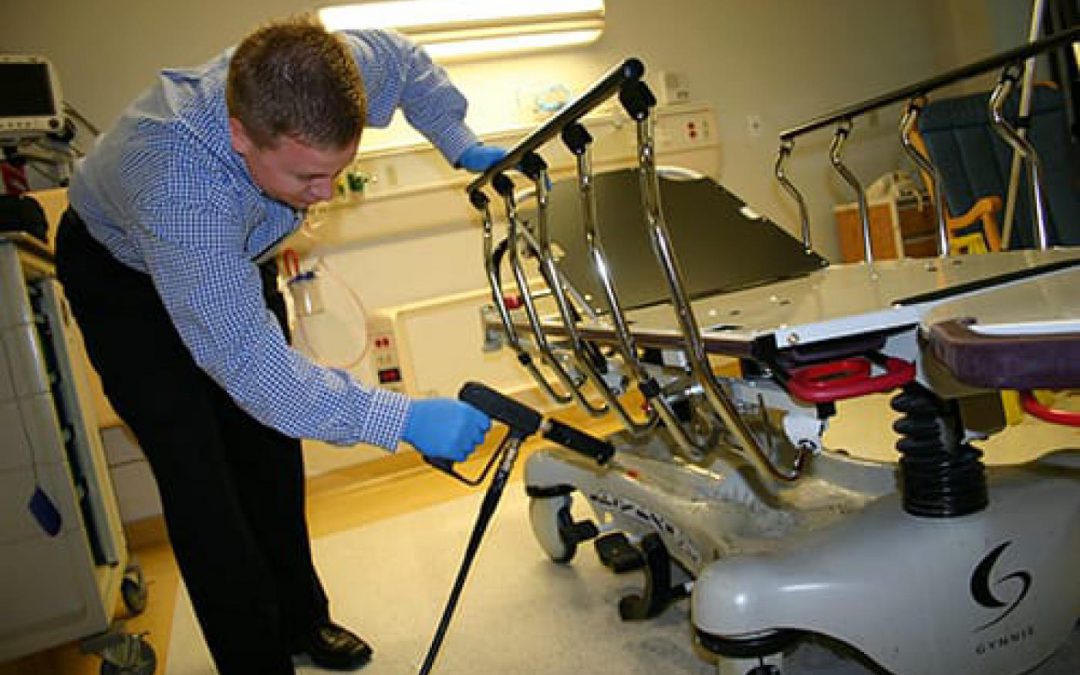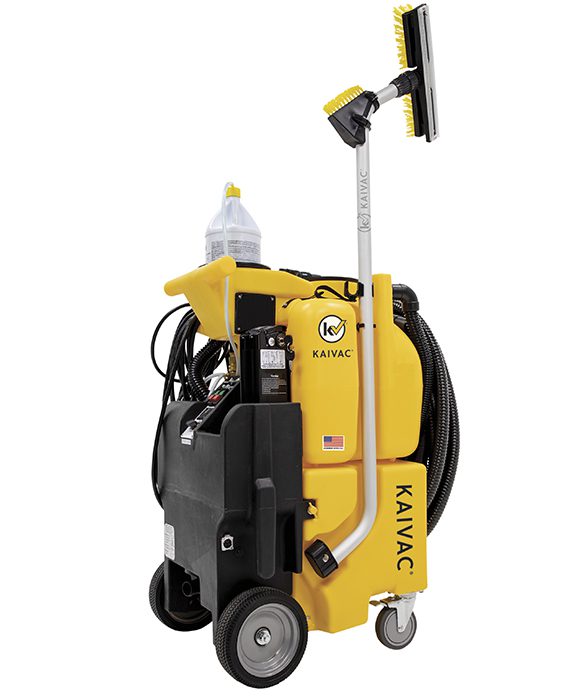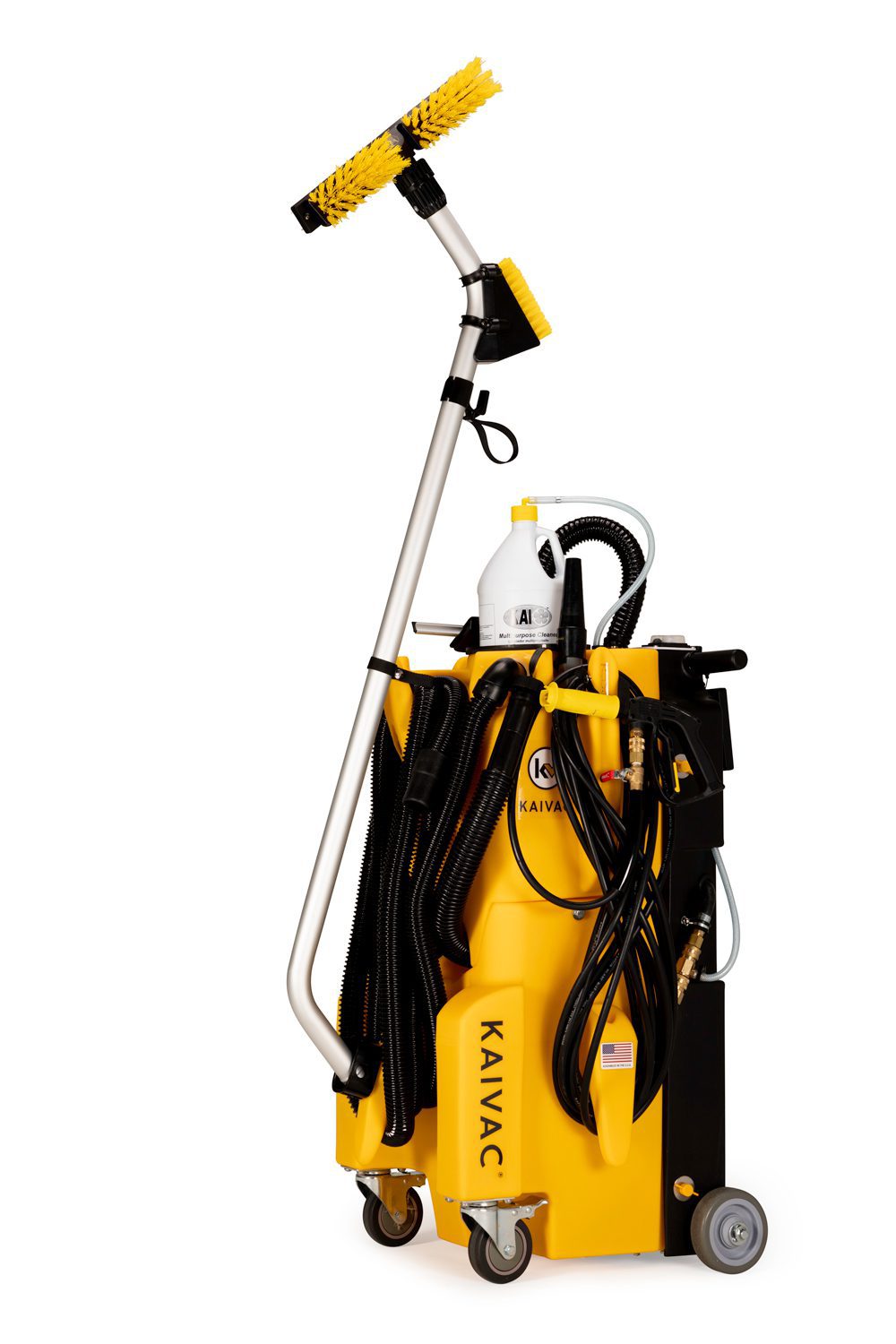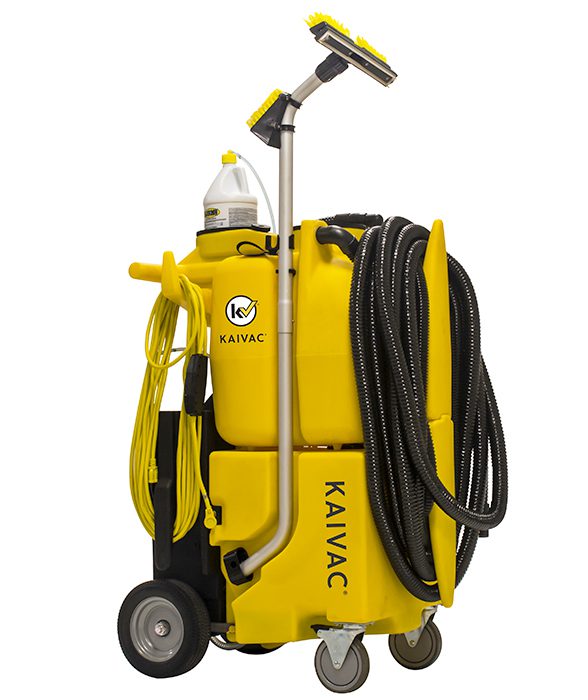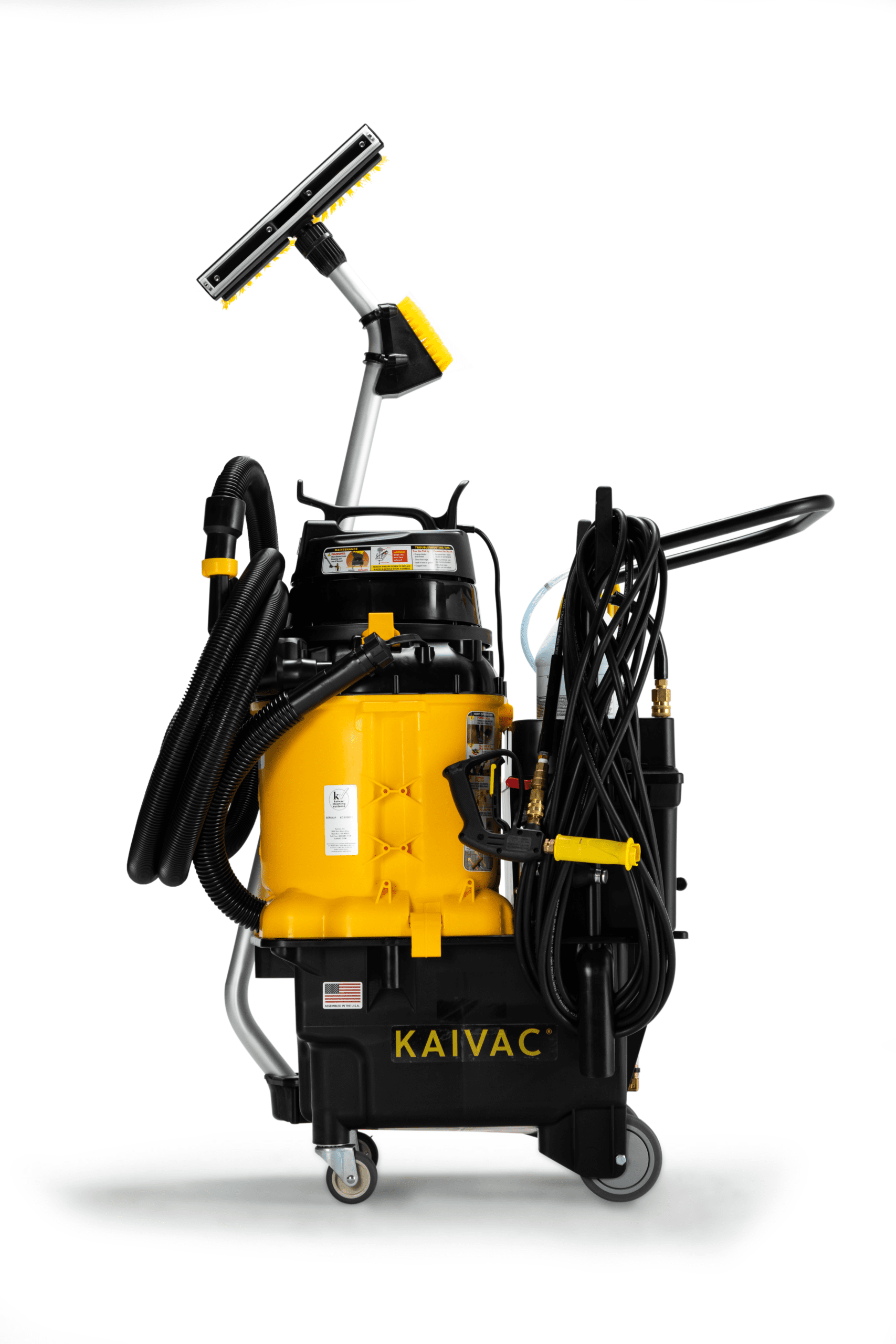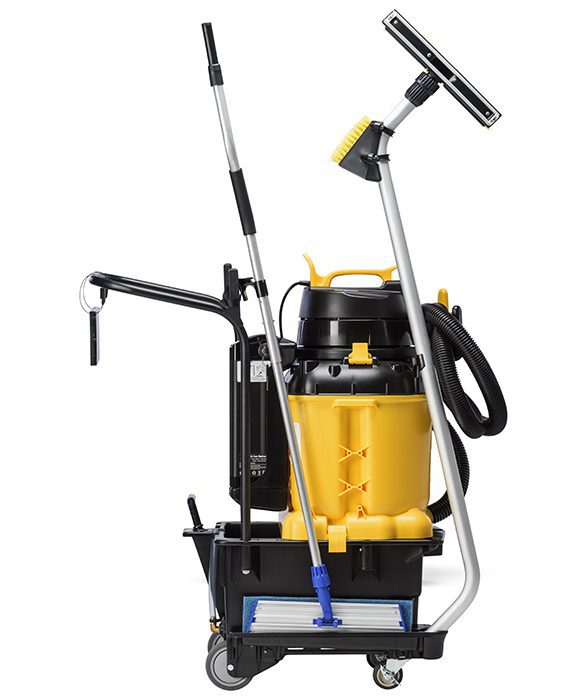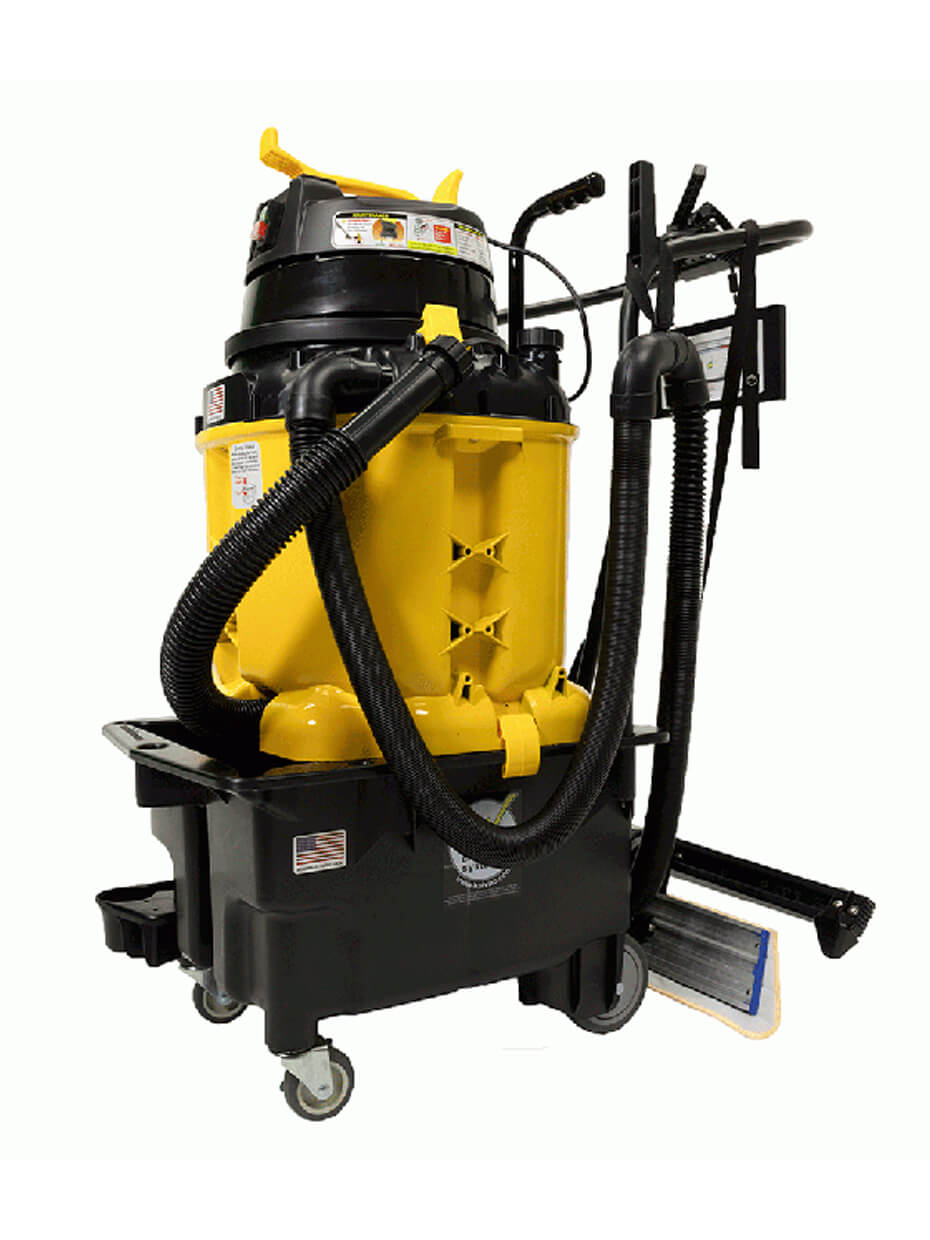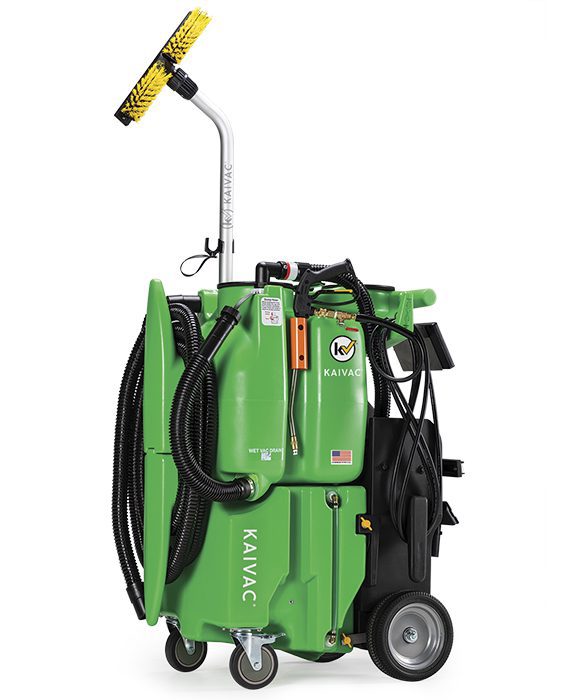Every cleaning job presents specific challenges for custodial crews. However, nursing home cleaning might be one of the toughest assignments. Much like young children, seniors in nursing homes have immune systems that are particularly susceptible to illness from infection by virus and other diseases. To help prevent the spread of germs and sicknesses in any assisted-living facility, complete removal of contaminated dirt and soils on floors and surfaces needs to be the focus. Here are some precautions to take when cleaning a nursing home.
Avoid Cross-Contamination When Cleaning Nursing Homes
Mops and rags spread as many germs as they remove, a known fact for cleaning science experts. To improve the health of nursing home residents, replace these ineffective tools with Kaivac No-Touch Cleaning systems built for soil removal.
Rather than having mops spread bacteria from toilets and restroom floors to the living areas in a nursing home, new spray-and-vac cleaning machines ensure the removal of contamination on the spot. Using specially designed towels that fold into different sections to avoid cross-contamination is another smart move. Regular rags allow for too many mistakes, which can spell disaster in a nursing home.
Focusing on Individual Rooms
Healthcare cleaning crews often make the mistake of using the same gloves to clean different rooms. This increases the likelihood of germ transfer. Custodial crews should remove gloves in the hall or between cleaning duties. To minimize the risk of bacteria transfer, have crews work from the cleanest areas to the dirtiest.
Custodians should take similar care when disposing of cleaning solutions. When custodians reuse mop water or rags in different rooms, the risk of germ transfer skyrockets. A Kaivac system introduces fresh water and cleaning solution into the machine to maintain superior hygiene levels.
Chemical Irritants in Cleaning Supplies
Beyond surface, restroom, and sink cleaning, custodial crews should take care not to spread germs through the air when making the rounds in a nursing home. The technique of rolling bedsheets away from oneself during cleaning is recommended. When removing trash bags, advise your team to tie the bag without releasing the air from inside. Germs in the bag could be harmful if the air escapes.
Soil removal should not come at the expense of residents’ comfort. Because seniors sometimes have trouble breathing, it is important to monitor the amount of chemicals used during the cleaning process. Harsh, abrasive chemicals could prompt allergic reactions and even inhibit breathing. Kaivac advanced cleaning systems have been proven to top any other method while using 90 percent less chemical. Consider it greener, healthier cleaning in a setting that demands it.
Cleaning a nursing home presents numerous challenges for custodians and administrators alike. With a Kaivac No-Touch Cleaning System at your disposal, your team can remove soil properly at a price any budget can manage.
